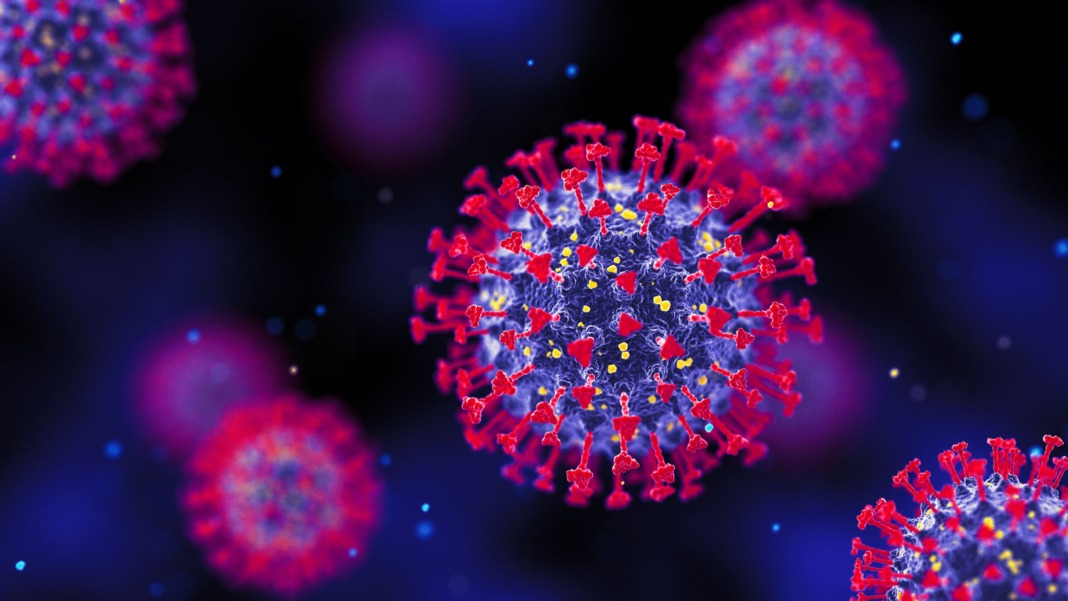In a move that has captured the attention of global health experts, the World Health Organization (WHO) has upgraded the status of the coronavirus strain BA.2.86 and its offshoots, designating it as a “variant of interest.” This elevation in classification from its previous status as a “variant under monitoring” is accompanied by reassurances from the WHO, stating that the current risk from this family of viruses appears to be low. However, the decision raises questions about the potential implications of this new designation.
BA.2.86 first emerged in the United States in August, and it has swiftly become the third most common variant, contributing to an estimated 1 in 11 new cases of Covid-19, according to data from the US Centers for Disease Control and Prevention’s variant tracker. The variant’s prevalence seems to have tripled in the past two weeks, though it’s important to note that a variant’s growth is often overestimated in the initial weeks after its detection.
Despite the seemingly low risk associated with BA.2.86, the WHO’s decision to categorize it as a “variant of interest” reflects a response to the slow and steady increase in its detection globally. Dr. Maria Van Kerkhove, WHO’s technical lead on Covid-19, emphasized that characterizing it as such helps promote surveillance and stimulates research to understand whether these variants may cause more severe disease or possess greater immune-evasive properties.
BA.2.86, colloquially known as Pirola, gained attention due to its genetic distinctiveness from previous versions of the virus. With over 30 mutations in its spike proteins, scientists initially expressed concerns that it might elude the immunity provided by vaccinations and previous infections, potentially fueling another wave of infections.
Surprisingly, BA.2.86 did not exhibit the same level of transmissibility as its predecessor, the original Omicron strain (BA.1). Some studies suggest that as the variant developed new mutations, it lost some of its ability to infect human cells, slowing its overall growth. Additionally, research indicates that the existing Covid-19 vaccine, designed to combat the XBB.1.5 subvariant, offers some protection against BA.2.86.
However, caution remains paramount. Dr. Jesse Bloom, a computational virologist at the Fred Hutchinson Cancer Center in Seattle, notes that BA.2.86 continues to evolve, giving rise to subvariants like JN.1. Studies from Columbia University and China highlight that JN.1 possesses a genetic change that enhances its ability to escape immune defenses, albeit modestly. This change has allowed JN.1 to outpace its predecessor in terms of growth.
Simultaneously, the XBB family of viruses, including descendants like HV.1, is on the rise and currently dominates new Covid-19 cases in the United States, causing approximately 1 in 3 new infections, according to the CDC.
The evolving landscape of Covid-19 variants poses challenges for predictions. Dr. Michael Osterholm, director of the Center for Infectious Disease Research and Policy at the University of Minnesota, points out the varying impacts of BA.2.86 and JN.1 in different countries, making it challenging to draw uniform conclusions.
Complicating matters is the scarcity of data. Dr. Peter Hotez, a pediatric infectious disease specialist at the Baylor College of Medicine, notes the dwindling availability of data, making it harder to predict the trajectory of the pandemic. Surveillance efforts now rely on a patchwork of indicators such as wastewater analysis, hospital admissions, and percent positivity.
Despite these challenges, a note of caution is sounded as Covid-19 hospitalizations, which had been declining, show a slight uptick. Wastewater analysis indicates high and increasing coronavirus levels, potentially signaling rising case numbers. Concerns are compounded by the fact that only 16% of American adults and 6% of children have received the latest Covid-19 vaccine.
Recent research by Dr. David Ho and his lab at Columbia University provides a glimmer of hope. While last year’s booster showed limited effectiveness against the latest variants, this year’s single-strain shot has proven highly effective. The strategy of adapting the vaccine annually to combat the strongest leading variant appears to be paying off, with antibodies increasing significantly against the current crop of variants, including JN.1.
However, the challenge remains in persuading more individuals to take the booster shot. With a large pool of adults and children still susceptible to breakthrough infections and reinfections, experts stress the urgency of increasing booster uptake, particularly as the holiday season approaches.
In the face of evolving variants and potential challenges ahead, the emphasis on vaccination and ongoing research remains critical in the global effort to curb the impact of the Covid-19 pandemic.



